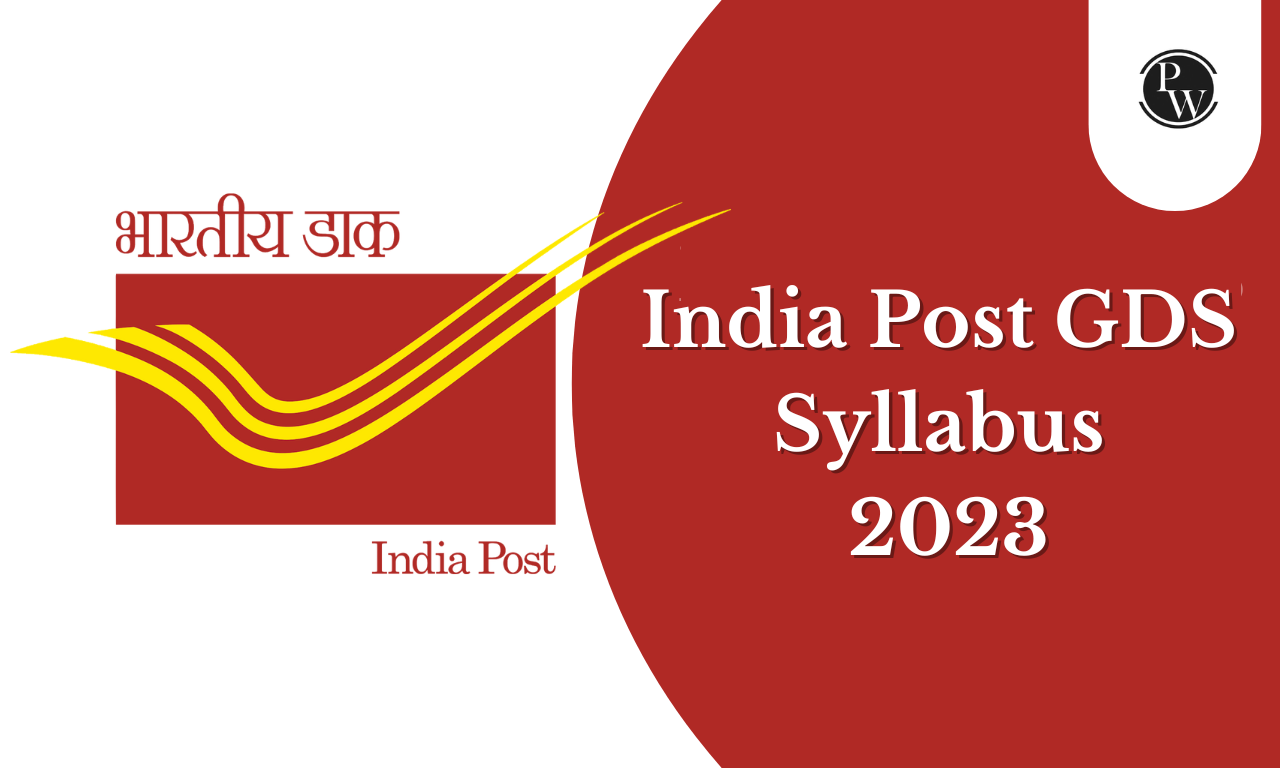
Rig Veda
The Rig Veda, one of the oldest known scriptures in the world, is a foundational text of ancient Indian literature and spirituality. Composed in Sanskrit, it forms part of the larger Vedic structure which also includes the Yajur Veda, Sama Veda, and Atharva Veda. The Rig Veda is particularly revered for its collection of hymns dedicated to various deities, and it provides insights into the early Vedic civilization.Rig Veda Historical Context
Origins and Composition: The Rig Veda dates back to around 1500-1200 BCE, making it one of the oldest texts in any Indo-European language. The hymns were composed by various sages (rishis) and were passed down orally through generations before being written down.
Vedic Society: The society reflected in the Rig Veda was pastoral and agrarian. The people, known as Aryans, were organized into tribes and engaged in activities such as cattle-rearing, agriculture, and trade. They worshipped natural forces and deities, seeking their favor for prosperity and protection.
Structure of Rig Veda
The Samhita: The Rig Veda Samhita is the core text, consisting of 1,028 hymns (suktas) organized into ten books (mandalas). Each hymn is composed in praise of a specific deity and often recited during various rituals and ceremonies.
The Brahmanas, Aranyakas, and Upanishads:
While the Rig Veda Samhita is the primary collection of hymns, it is part of a larger body of Vedic literature that includes:- Brahmanas : Prose texts that explain the hymns and their application in rituals.
- Aranyakas : Texts that serve as a bridge between the Brahmanas and Upanishads, often focusing on meditative and philosophical aspects of the rituals.
- Upanishads : Philosophical treatises that explore the spiritual and metaphysical ideas hinted at in the hymns.
Rig Veda Themes and Content
Hymns to Deities: The Rig Veda is a collection of hymns dedicated to various gods and goddesses, reflecting the polytheistic nature of Vedic religion. Some of the principal deities include:
- Agni : The fire god, who is considered the mediator between humans and gods.
- Indra : The king of the gods, associated with storms, rain, and battles.
- Varuna : The god of cosmic order and water.
- Surya : The sun god, symbolizing light and knowledge.
- Soma : Both a deity and a ritual drink, associated with immortality and divine inspiration.
Cosmology and Creation: The Rig Veda contains several hymns that ponder the origins of the universe and the nature of existence. One of the most famous is the Nasadiya Sukta (Creation Hymn), which speculates on the creation of the world and the mysteries surrounding it.
Rituals and Sacrifices: The text details various rituals and sacrifices (yajnas) essential to Vedic religion. These practices were believed to maintain cosmic order and ensure prosperity for the community. The hymns often accompany these rituals, invoking the deities' blessings.
Philosophical Insights: While primarily religious and ritualistic, the Rig Veda also contains early philosophical ideas that later evolved into the more developed thoughts found in the Upanishads. Questions about the nature of the self, the universe, and the ultimate reality are occasionally touched upon.
Rig Veda Language and Poetic Style
Vedic Sanskrit: The Rig Veda is written in an archaic form of Sanskrit, known as Vedic Sanskrit. This language is rich in metaphor and symbolism, making the hymns both poetic and profound.
Meter and Structure: The hymns are composed in various meters, with the most common being the Gayatri, Anushtubh, Trishtubh, and Jagati. These metrical forms contribute to the rhythmic and melodic qualities of the recitations.
Use of Imagery: The poetry of the Rig Veda is noted for its vivid imagery and evocative descriptions. Natural phenomena like the dawn, storms, rivers, and mountains are frequently used as metaphors to convey deeper spiritual meanings.
Rig Veda Cultural and Religious Significance
Foundation of Hinduism: The Rig Veda is considered the bedrock of Hindu religious thought and practice. Many of the rituals, deities, and concepts introduced in the text have evolved but continue to play a central role in contemporary Hinduism.
Influence on Later Texts: The themes and hymns of the Rig Veda have influenced later Vedic literature, including the other Vedas, the Upanishads, and the epics like the Mahabharata and Ramayana. Its impact is also seen in various Indian philosophical and theological traditions.
Preservation and Transmission: For centuries, the Rig Veda was transmitted orally through meticulous memorization and recitation by Vedic scholars (pandits). This oral tradition ensured its preservation even before the advent of writing in the region.
Rig Veda Important Facts and Features
The Gayatri Mantra: One of the most famous verses from the Rig Veda is the Gayatri Mantra, found in the third mandala (3.62.10). It is a powerful invocation dedicated to Savitr, the sun deity, and is still widely recited in Hindu rituals today:
The Nasadiya Sukta: The Nasadiya Sukta, or Creation Hymn (10.129), is a profound piece that questions the origins of the universe and the mystery of creation. It reflects the deep philosophical curiosity of the Vedic sages.
The Purusha Sukta: The Purusha Sukta (10.90) describes the cosmic being, Purusha, whose sacrifice led to the creation of the world. This hymn is significant for its description of the division of society into four varnas (classes).
Dialogues and Myths: The Rig Veda includes several hymns presented as dialogues or mythological narratives. These stories provide a glimpse into the cultural and religious life of the Vedic people.
The Role of Agni: Agni, the fire god, is one of the most frequently mentioned deities in the Rig Veda. As the divine priest, Agni is central to Vedic rituals, acting as the intermediary between the gods and humans.
The Battle of the Ten Kings: The Rig Veda recounts historical events like the Battle of the Ten Kings (Dasarajna), a conflict between the Bharata king Sudas and a confederation of other tribes. This event is significant for understanding the political dynamics of the time.
Rig Veda Modern Relevance and Studies
Academic Research: The Rig Veda continues to be a subject of extensive academic study and research. Scholars from various fields, including linguistics, history, anthropology, and religious studies, analyze its content to gain insights into ancient Indo-European cultures.
Translations and Interpretations: Numerous translations of the Rig Veda are available, each offering different perspectives on its meanings and interpretations. Some of the most renowned translations were done by scholars like Ralph T.H. Griffith and Swami Dayananda Saraswati.
Cultural Festivals: In contemporary India, the Rig Veda's hymns are often recited during various cultural and religious festivals. The rituals and traditions described in the text still resonate with many people and are an integral part of Hindu worship practices.
Symbol of Heritage: The Rig Veda is regarded as a symbol of India's rich cultural and spiritual heritage. It is studied in schools and universities and holds a place of pride in the collective consciousness of the Indian people.
To succeed in upcoming exams, candidates should consider exploring PW SSC Books We provide high-quality content at an affordable price, including sample papers, mock tests, guidance sessions, and more to ensure aspirants secure their selection. Also, enroll today on SSC Online Coaching to turn your dreams into reality.Rig Veda FAQs
1. What is the Rig Veda?
2. What is the significance of the Rig Veda?
3. What themes are covered in the Rig Veda?
4. How is the Rig Veda structured?










